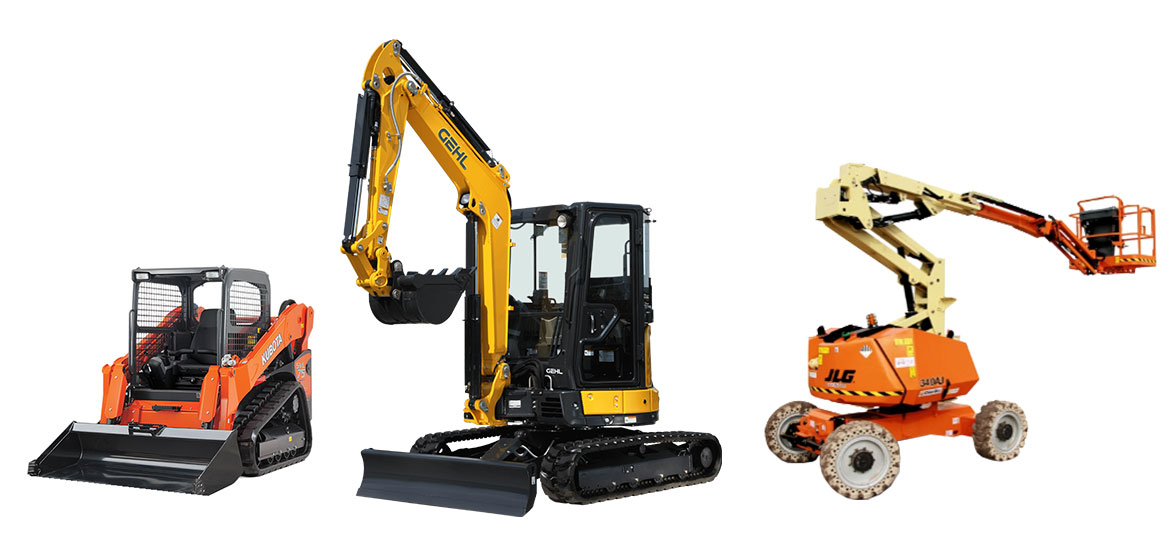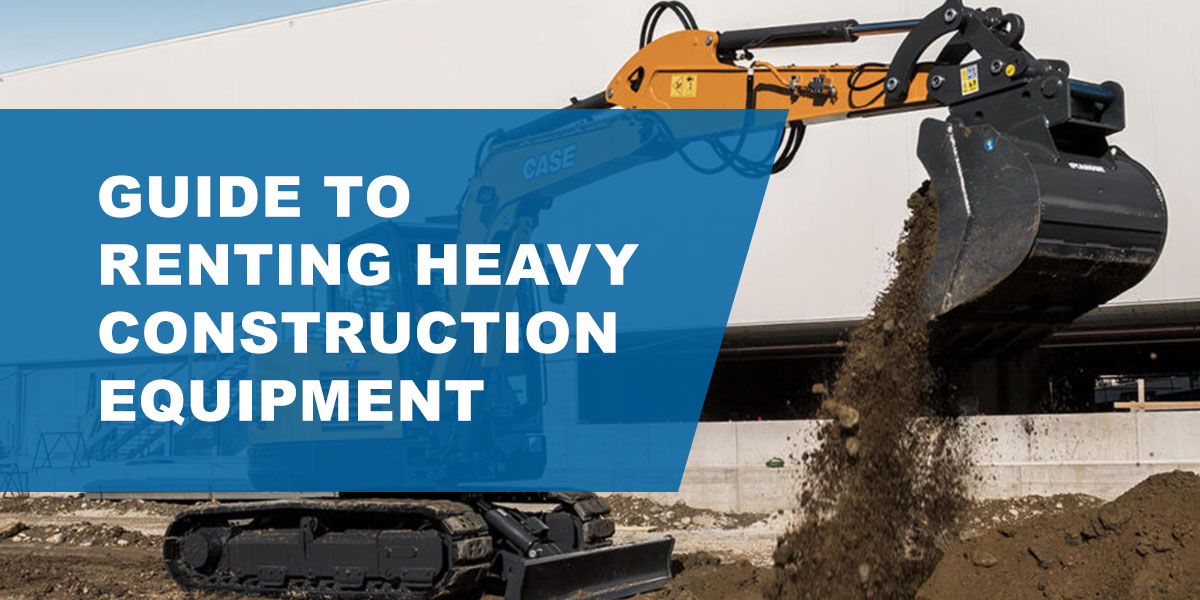Scissor Lift Rental: Safe and Effective Raising Solutions
Scissor Lift Rental: Safe and Effective Raising Solutions
Blog Article
Optimize Your Budget by Understanding the Prices Related To Building Equipment Rentals
Understanding the full extent of costs connected with construction equipment leasings is essential for optimizing your spending plan. What techniques can be used to effectively handle these prices and make certain a more effective rental experience?
Overview of Rental Costs
When thinking about construction tools rentals, comprehending the associated prices is paramount for reliable budgeting and job preparation. Rental expenses can differ substantially based on a number of factors, consisting of equipment type, period of rental, and place. The initial rental charge often shows the tools's market demand and its linked operational abilities, affecting the overall expenditure.
In addition to the base rental rate, secondary costs may emerge, such as transportation charges, gas surcharges, and maintenance fees. It is vital to represent these added expenses to accurately examine the complete cost of leasing tools. Furthermore, the rental period can affect rates; longer rentals may get reduced prices, while temporary rentals might incur greater everyday costs.

Breakdown of Rental Prices
A thorough understanding of rental prices is crucial for contractors and task supervisors intending to enhance their budget plans. Rental rates for construction equipment typically include numerous elements, including base prices, time-based costs, and usage fees.
Base prices are the core costs related to the rental of the devices, usually established by the type and size of the equipment. These prices can vary significantly, affected by aspects such as devices demand, schedule, and regional market trends. Time-based costs, which may be daily, weekly, or monthly, offer to fit different task timelines and rental durations.
Additionally, rental prices may consist of usage fees, which apply when devices is utilized past a specified limit, guaranteeing that the rental firm can represent wear and tear. Seasonal need fluctuations can additionally affect rental prices, with peak building periods usually commanding greater prices.
Additionally, understanding the rental business's plans relating to upkeep and insurance coverage can provide additional understanding into the general price framework. By examining these components, professionals can make informed decisions, guaranteeing the selection of rental tools aligns with both job needs and budget plan restraints.
Added Costs to Take Into Consideration
Understanding the intricacies of extra fees is important for service providers to manage their general leasing expenses effectively. Past the standard rental prices, different supplemental fees can substantially impact the overall price of equipment leasing. These charges commonly include delivery and pickup fees, which can differ based on distance and logistics entailed in delivering the tools to and from the job site.
Additionally, hop over to here some rental companies might impose gas additional charges if the tools is returned with less gas than when rented out. It is likewise vital to be mindful of prospective cleansing charges, especially for customized equipment that calls for thorough maintenance after usage.

Extensively assessing the rental arrangement and making clear these extra fees upfront can help contractors guarantee and stay clear of unforeseen prices that budgets remain intact throughout the project lifecycle.
Repair And Maintenance Expenses
Normal repair and maintenance costs are usually neglected aspects that can substantially influence the overall expense of building and construction equipment rentals. When leasing devices, it is crucial to think about not just the rental fees but additionally the prospective expenses connected with maintaining the equipment in ideal operating condition.
Several rental companies include basic maintenance as part of the rental agreement; nonetheless, extra comprehensive repair work or unanticipated breakdowns can result in extra expenditures. It's important to try here examine the rental contract meticulously to comprehend what maintenance solutions are covered and what obligations drop on the occupant.
Furthermore, tools that is not properly maintained can lead to inadequacies on duty website, possibly triggering hold-ups and boosting task expenses. To mitigate these dangers, it is advisable to conduct regular inspections and keep open interaction with the rental service provider regarding any type of problems that occur throughout usage.
Insurance Coverage and Obligation Prices
Insurance policy and obligation prices are crucial elements that can dramatically impact the total cost of building and construction devices rentals (dozer rental). These costs ensure that both the rental company and the client are safeguarded from possible monetary losses developing from crashes, damages, or theft throughout the rental duration

In addition, customers need to know any deductibles or exemptions in the insurance coverage, as these can impact possible out-of-pocket costs. Comprehending the conditions of any insurance policy coverage is essential to avoid unforeseen prices. Eventually, budgeting for insurance and responsibility costs can help ensure a smoother rental experience and secure versus economic dangers connected with construction jobs.
Verdict
In verdict, a thorough understanding of the costs connected with building devices leasings is essential for effective budget administration. Inevitably, notified decision-making concerning devices leasings contributes to the overall success of construction endeavors.
Rental prices can differ significantly based on numerous elements, including equipment type, duration of service, and area (construction equipment rentals). The rental period can impact rates; longer rentals may qualify for discounted rates, while temporary rentals might incur higher everyday charges
By conducting extensive study and engaging with reputable rental business, professionals can properly browse the complexities of rental rates, eventually optimizing their monetary resources.
Beyond the standard rental rates, different additional costs can dramatically influence the overall price of equipment service. Rental firms usually offer liability insurance coverage that covers injuries to third parties or damages to residential property, while tools damages insurance can cover the cost of repair work or replacement if the rented tools is damaged.
Report this page